calsfoundation@cals.org
Hazen (Prairie County)
| Latitude and Longitude: | 34º46’51″N 091º34’51″W |
| Elevation: | 233 feet |
| Area: | 3.52 square miles (2020 Census) |
| Population: | 1,481 (2020 Census) |
| Incorporation Date: | July 8, 1884 |
Historical Population as per the U.S. Census:
|
1810 |
1820 |
1830 |
1840 |
1850 |
1860 |
1870 |
1880 |
1890 |
1900 |
|
– |
– |
– |
– |
– |
– |
– |
– |
458 |
429 |
|
1910 |
1920 |
1930 |
1940 |
1950 |
1960 |
1970 |
1980 |
1990 |
2000 |
|
687 |
783 |
787 |
819 |
1,270 |
1,456 |
1,605 |
1,636 |
1,668 |
1,637 |
|
2010 |
2020 |
|
|
|
|
|
|
|
|
|
1,468 |
1,481 |
|
|
|
|
|
|
|
|
Hazen is located near the center of Prairie County, approximately forty-three miles directly east of Little Rock (Pulaski County) on Highway 70 and Interstate 40. It is in the northern part of the Grand Prairie, land once thought good only for growing prairie hay and wild animals.
Louisiana Purchase through Early Statehood
The town is named for Dr. William Cogswell Hazen, who came to the area from Covington, Tennessee, with his family and twenty-one slaves in 1854. He settled in a spot 1.3 miles north of present-day Highway 70 and one mile west of Highway 63, in a place where the prairie ends. Hazen persuaded family friend the Reverend John W. Hudson to come with them. Hudson settled three miles west of the Hazens with his two small children. The Hazens likely settled on the border of the Grand Prairie because of the small hills, eight to twelve feet in elevation, that prevented the flooding evident farther south.
The Hazens built cabins for the family and the slaves, clearing land and planting crops. The cotton was harvested and sent by boat from DeValls Bluff (Prairie County), seven miles to the east on the White River, to Memphis, Tennessee, where it was sold.
Civil War through Reconstruction
As the Civil War broke out, Hazen’s sons joined Arkansas regiments. According to tax records, Hazen’s slaves, ages five to sixty, were valued at $14,700. When the Union forces captured DeValls Bluff in August 1863, the Hazen and Hudson families left for Texas. They carried few belongings, burning the cotton and other things that could be used by the Union army. In 1864, Hazen’s wife died and was buried in Texas. His slaves, who were more educated than most slaves, worked in war plants making shoes and clothing for Confederate soldiers.
After the war, Hazen returned to Arkansas alone. His slaves left him in Little Rock. He farmed awhile then moved to Des Arc (Prairie County), where he established a general store. The first Methodist church, started by Rev. Hudson, had about twenty members. It was built at Pleasant Point, east of present-day Hazen, for seventy-five dollars. Hudson died in 1868, and Hazen returned to his farm and remarried. During this time, he built the first three-room house in what is now Hazen proper, located at the corner of Chester and Madison streets. He died in 1872, a year after a cotton gin was brought to the Hazen area and eleven months before the first post office bore his name. The town was surveyed in 1873, and Hazen’s widow deeded the first tract of land for the city of Hazen, which was incorporated in 1884.
Post Reconstruction through the Gilded Age
The first prairie hay to be baled and shipped was recorded in 1881. It was shipped to Little Rock and to Memphis. Since the train was stopping for the hay, locals also began shipping cream to butter factories.
The abundance of timber, as well as settlers moving in, created a building boom. Timber was sold to the railroad and for rail fences. After it became more profitable to grow rice, the prairie hay was eradicated by plowing to destroy the roots. Very little native prairie hay is left.
During the 1880s, Dr. Hudspeth became one of the first doctors in town and the Hazen Free Press was established by J. H. Taylor. Hazen has had a weekly newspaper since 1889. It became the Grand Prairie Herald in 1901.
Center Point Baptist Church was organized in an old log cabin in 1874 with five charter members. The church building was completely destroyed by a devastating tornado on March 21, 1952, when five people in the community were killed and many homes were destroyed.
Early Twentieth Century through the Modern Era
After World War I, an American Legion Hall was built, originally named after Luke Box, who died during the war. Local resident William Fielden Camm died aboard the USS Arizona at Pearl Harbor on December 7, 1941, and the hall was subsequently renamed the Box-Camm Hall. Eleven other young men from the Hazen area died during World War II.
The Hazen/Des Arc highway was blacktopped in 1946, and indoor plumbing was added for everyone between 1945 and 1955. In the 1950s, Hazen had Young’s Department Store, a John Deere agency, Chevrolet and Ford dealerships, two dress shops, two or three grocery stores, the newspaper publishing company, two hardware stores, two or three farm-related stores, two lumber companies, two or three crop duster aerial applicators’ airports, a rice dryer, two drug stores, two appliance stores, Rieke CPA office, and many other small, privately owned businesses. The building of Interstate 40 in the 1960s and the widening of U.S. Highway 70 allowed easier access to larger cities, causing many of the businesses to move or close.
The Kocourek and Benish hardware store was founded by John Kocourek in 1892 and later renamed Kocourek and Son. Kocourek’s grandson Dink sold the business in 1980 to Conley House, who ran it until 2001. He sold it to Greg and Barbara Rawn in 2006 for use as an antiques store. It is the oldest continuously operated business in town.
The Grand Prairie Country Club offers swimming and golf. There are two medical clinics, an ambulance service, and a nursing home. Hazen has a public library and the only National Guard armory in the county. The old armory building has been transformed into a community center. Hazen has the only traffic light in Prairie County.
Education
The first one-room schoolhouse was built on property bought for ten dollars in 1879. It was the site of the first recorded meeting of Hazen Baptist Church. The class of 1912–13 was the first to complete a twelve-year course of study in the schoolhouse, which had had rooms added.
Hazen Schools desegregated in the fall of 1970, and 136 black students and five black teachers came to Hazen Public School. A school for black students had existed since 1901. Kindergarten was added in 1974. School consolidation has caused Hazen to absorb students from many surrounding districts.
Attractions
The Rock Island Depot is listed on the National Register of Historic Places. Mayor Kathryn Orlicek was instrumental in restoring the depot and, with the help of some of the women’s clubs in town, raised money for the project. Of the four Rock Island Railroad depots originally in Arkansas, the Hazen depot is the only stucco and brick building with a slate roof.
The present First United Methodist Church building is the oldest church structure in Hazen, having been built in 1934. The biggest annual event for the community is the Rice Festival in October.
Famous Residents
Hazen has been home to three Miss Arkansas winners. Pam Jackson became Miss Arkansas in 1963 when Donna Axom won the Miss America Pageant, as did Micki Petrus in 1981 when Elizabeth Ward became Miss America. Eudora Mosby won the pageant in 2005.
For additional information:
Brooker, Mirriam. “A History of the Hazen Family.” Arkansas Gazette. Sunday Magazine. September 14, 1941, pp. 1, 12, 15.
Sayger, Bill. A Hazen Remembrancer. N.p.: 1989.
Woods, William F., and Lelia Clyde Scott. Historical Summary of Hazen, Arkansas. Hazen, AR: Herald Publishing Co. Inc., 1992.
Chris Smith Weems
Hazen, Arkansas
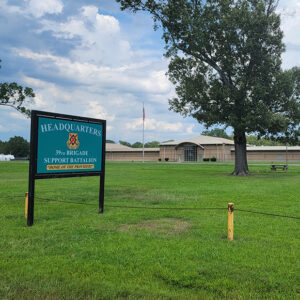 39th Brigade Support Battalion
39th Brigade Support Battalion 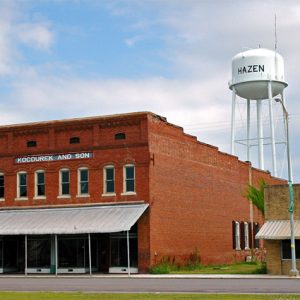 Hazen
Hazen 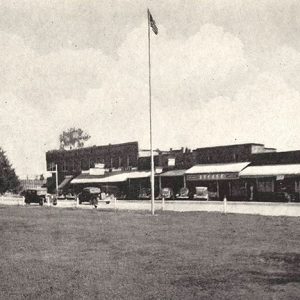 Hazen
Hazen 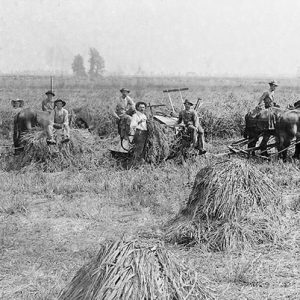 Hazen Rice Crop
Hazen Rice Crop 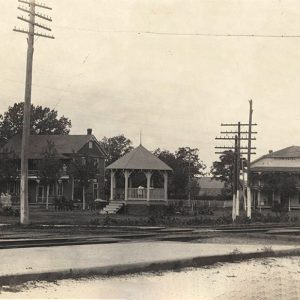 Hazen City Park
Hazen City Park  Hazen Community Center
Hazen Community Center 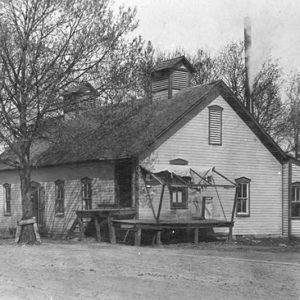 Hazen Creamery
Hazen Creamery  Hazen Fire Department
Hazen Fire Department  Hazen Park
Hazen Park  Hazen Post Office
Hazen Post Office 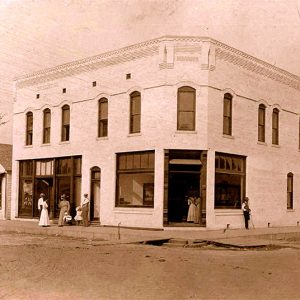 Hazen Post Office
Hazen Post Office 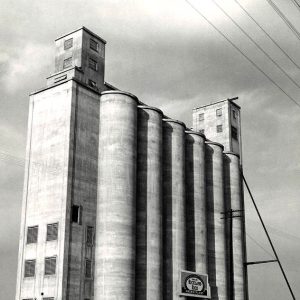 Hazen Rice Elevator
Hazen Rice Elevator 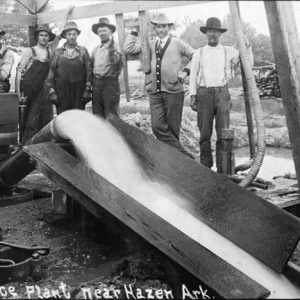 Hazen Rice Plant
Hazen Rice Plant 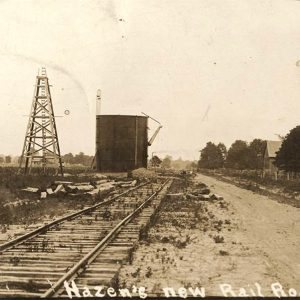 Hazen Scene
Hazen Scene 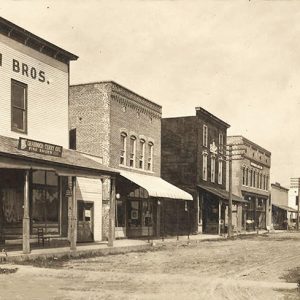 Hazen Street Scene
Hazen Street Scene 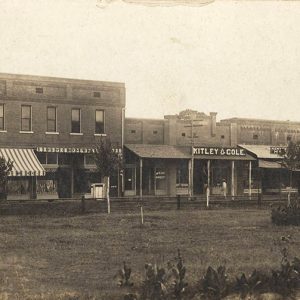 Hazen Street Scene
Hazen Street Scene 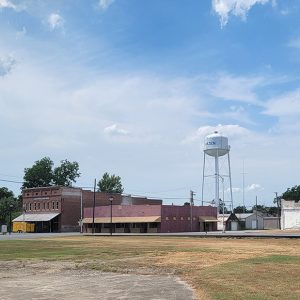 Hazen Street Scene
Hazen Street Scene 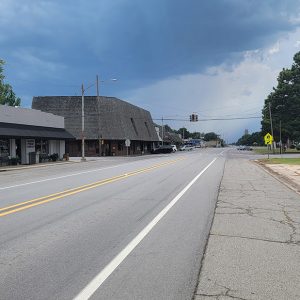 Hazen Street Scene
Hazen Street Scene 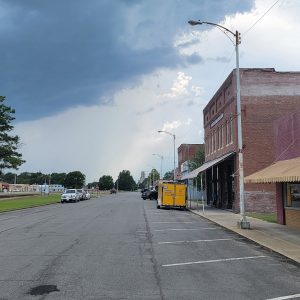 Hazen Street Scene
Hazen Street Scene 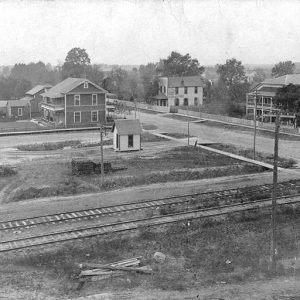 Hazen View
Hazen View  Eudora Moseby
Eudora Moseby 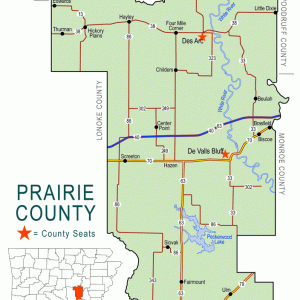 Prairie County Map
Prairie County Map 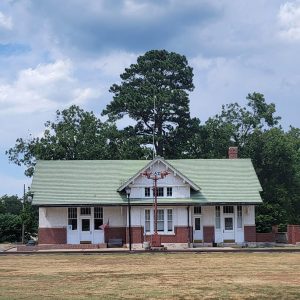 Rock Island Depot
Rock Island Depot 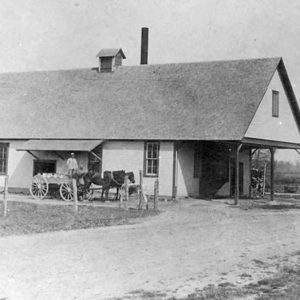 Union Creamery
Union Creamery  Wattensaw Wildlife Management Area
Wattensaw Wildlife Management Area 



I attended the Black school at Hazen, in the 1st and 2nd grades. I’m looking for a picture of the Black School. My mom and grandparents are deceased.